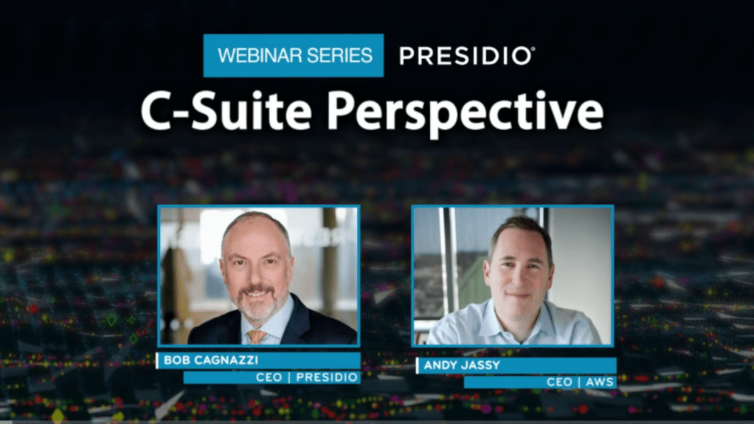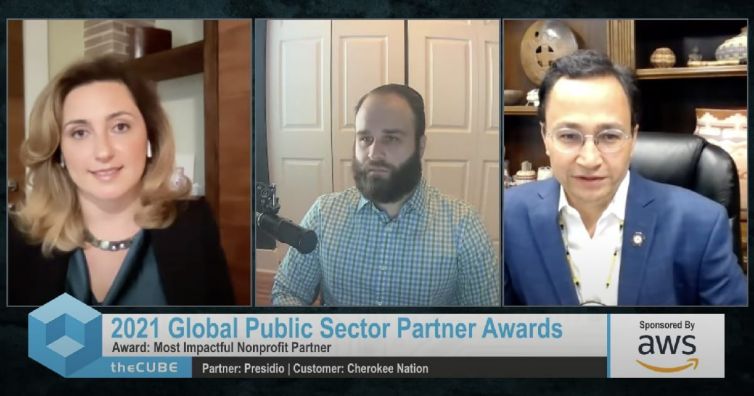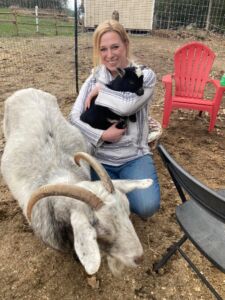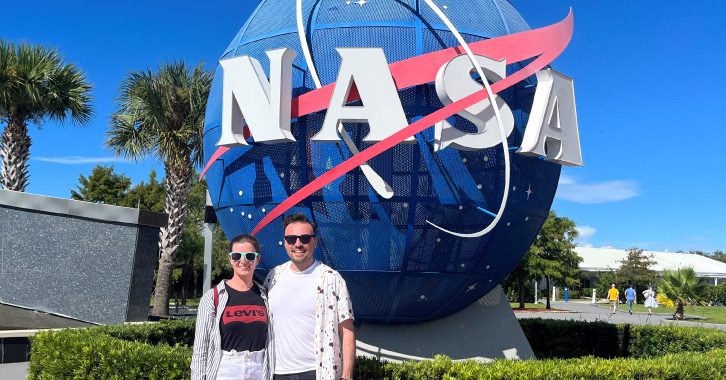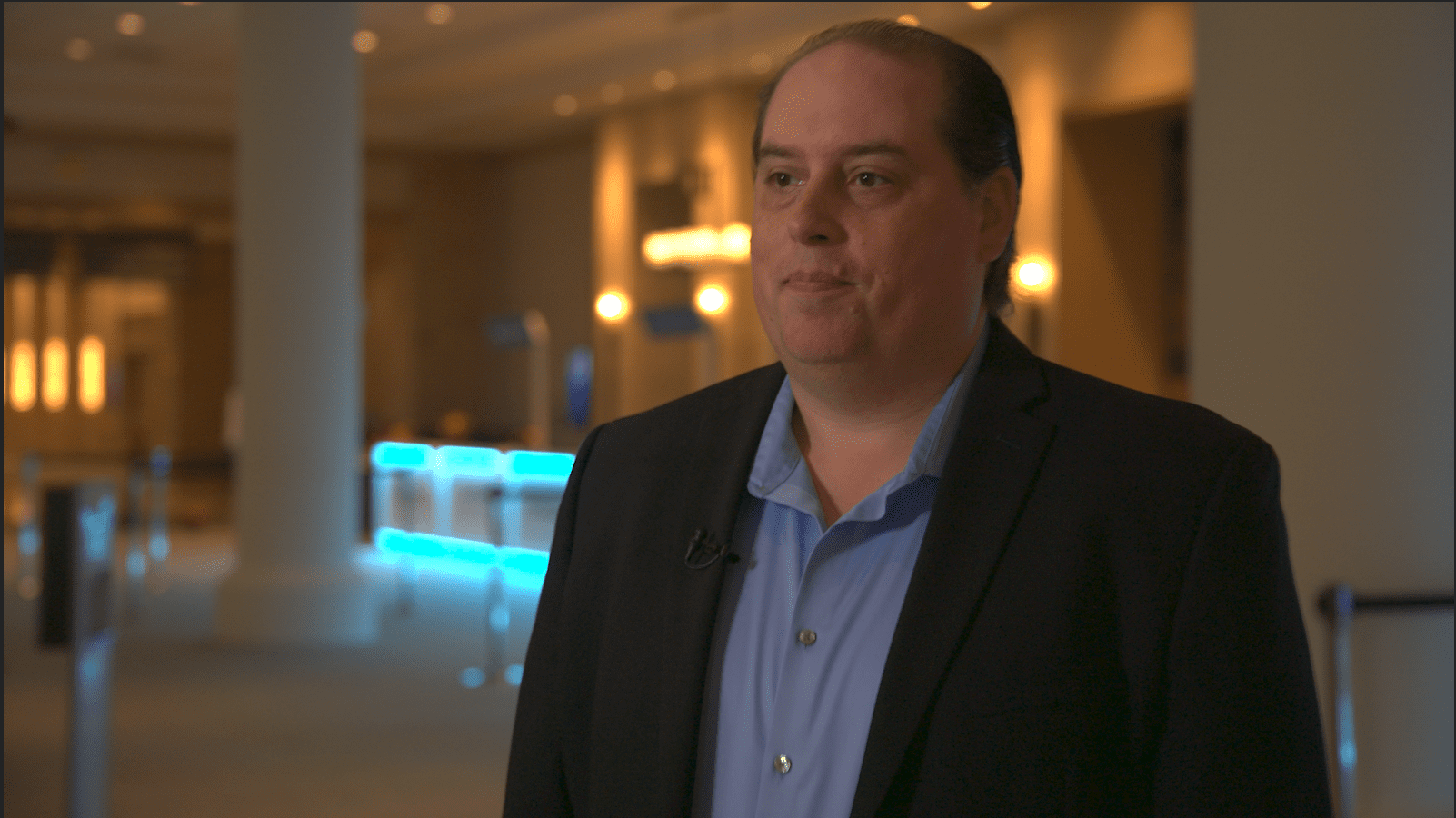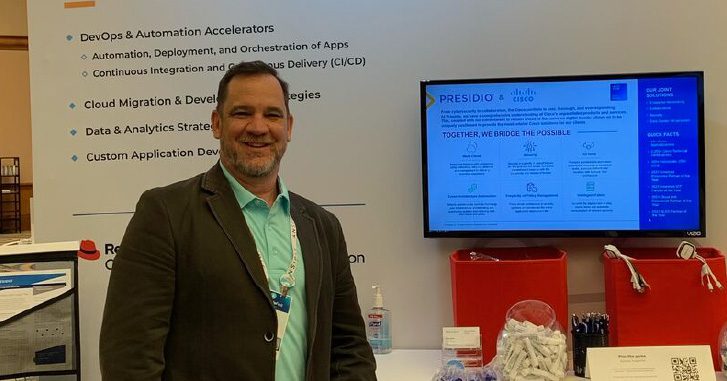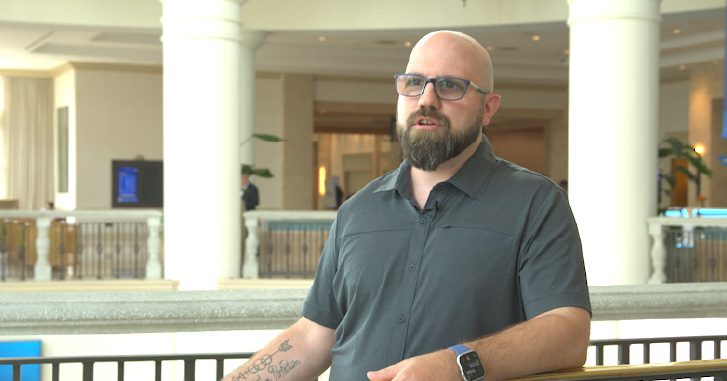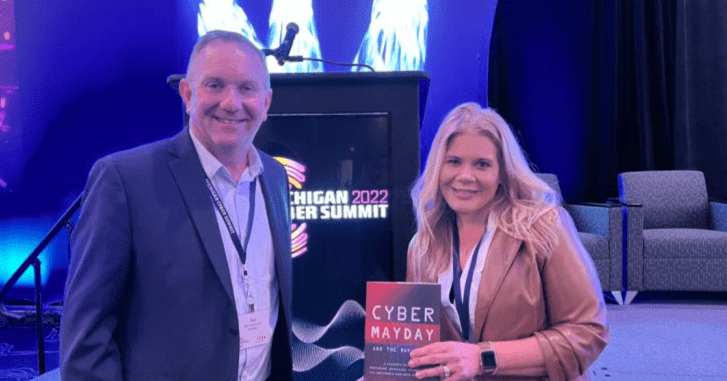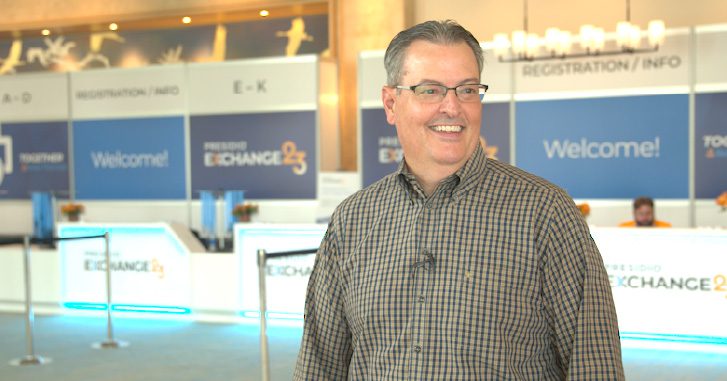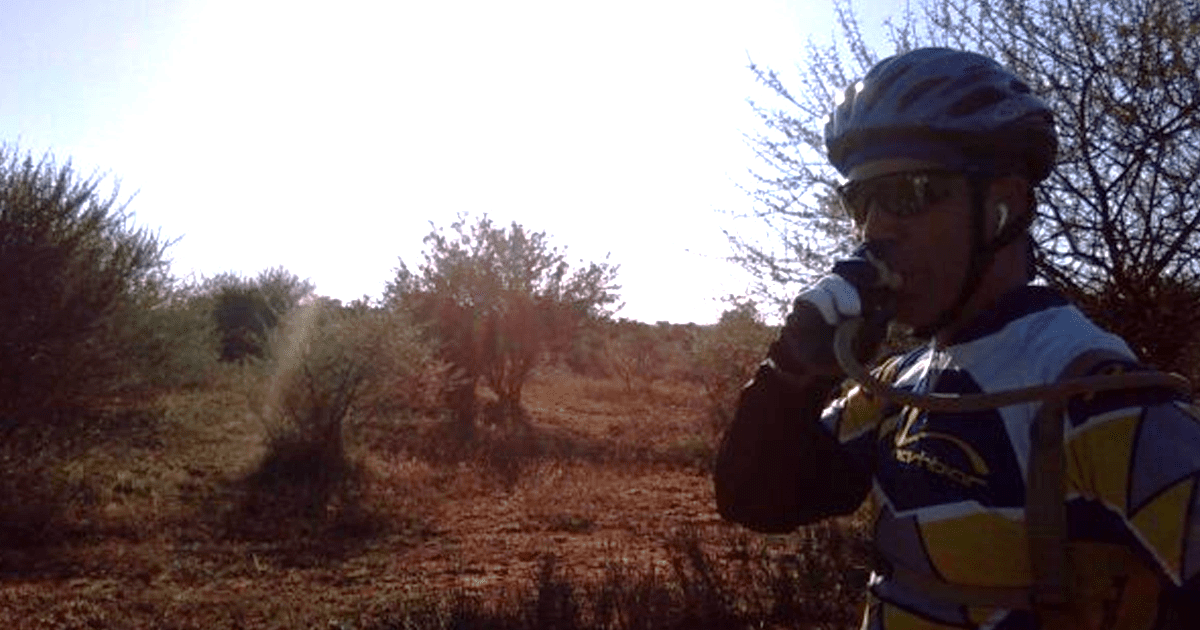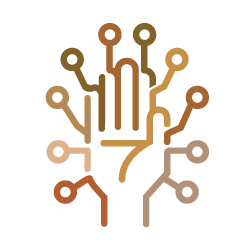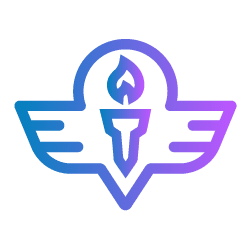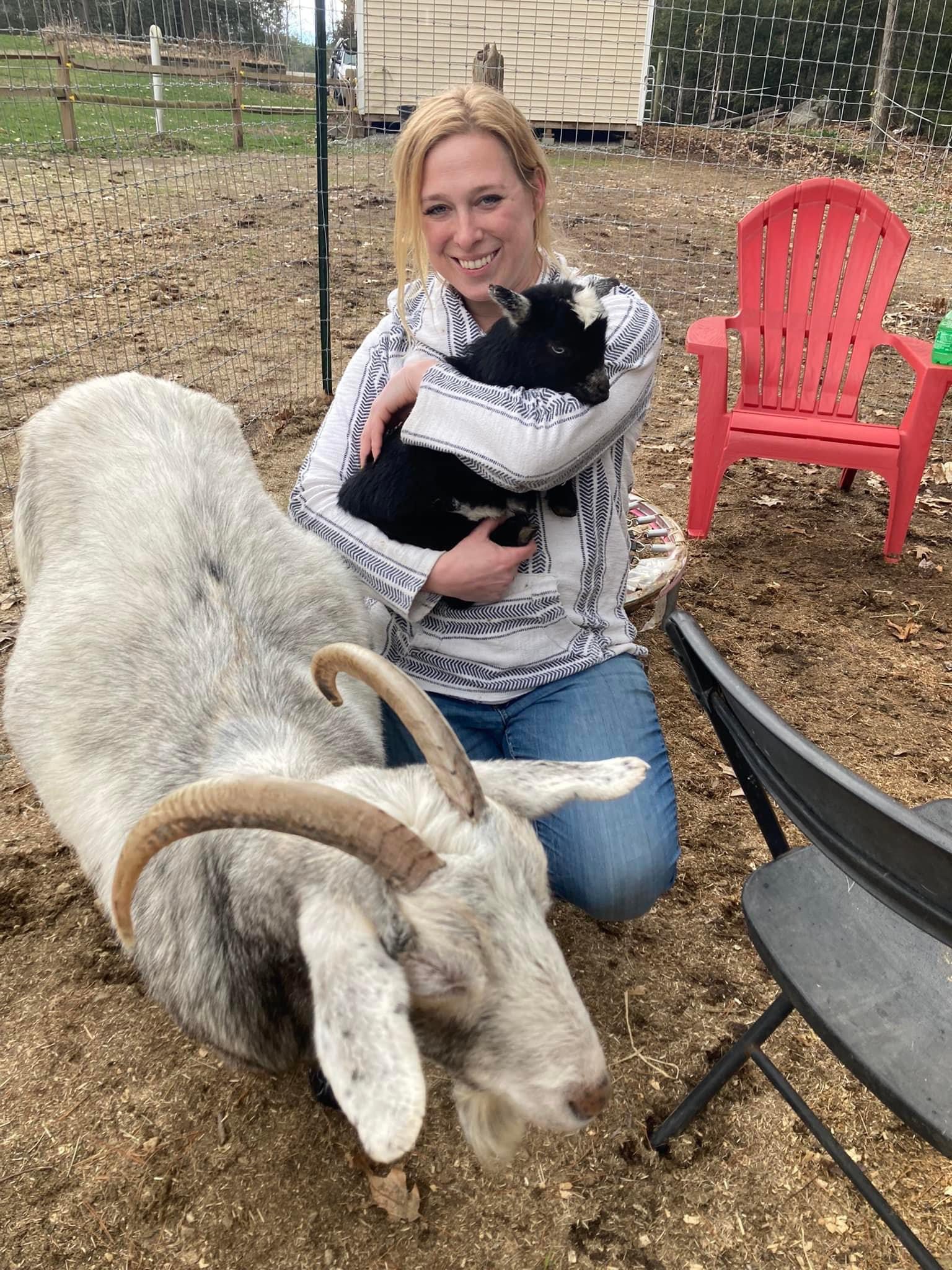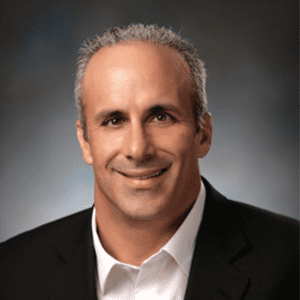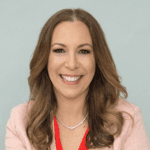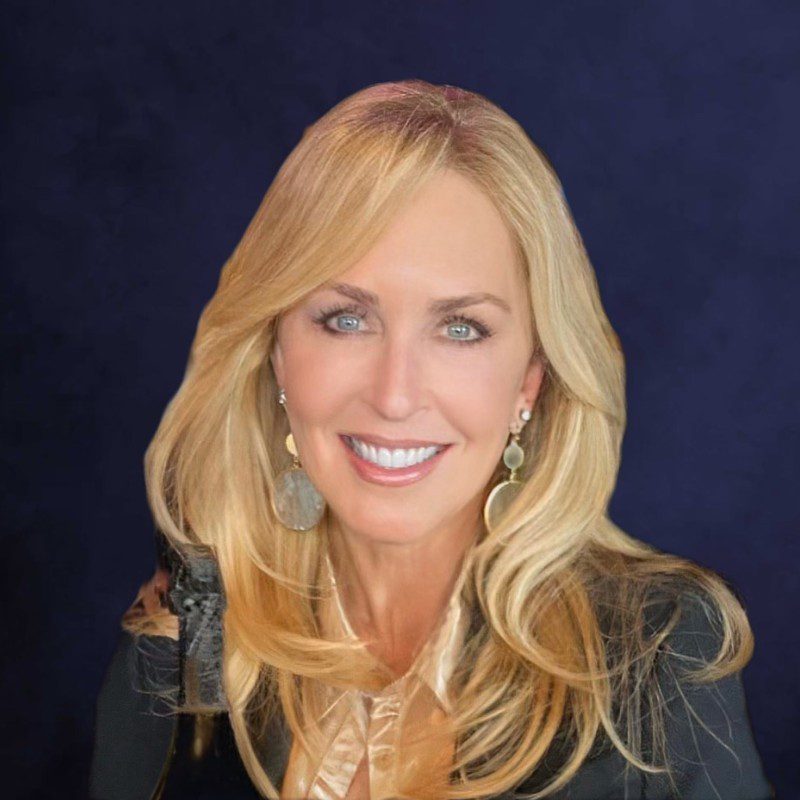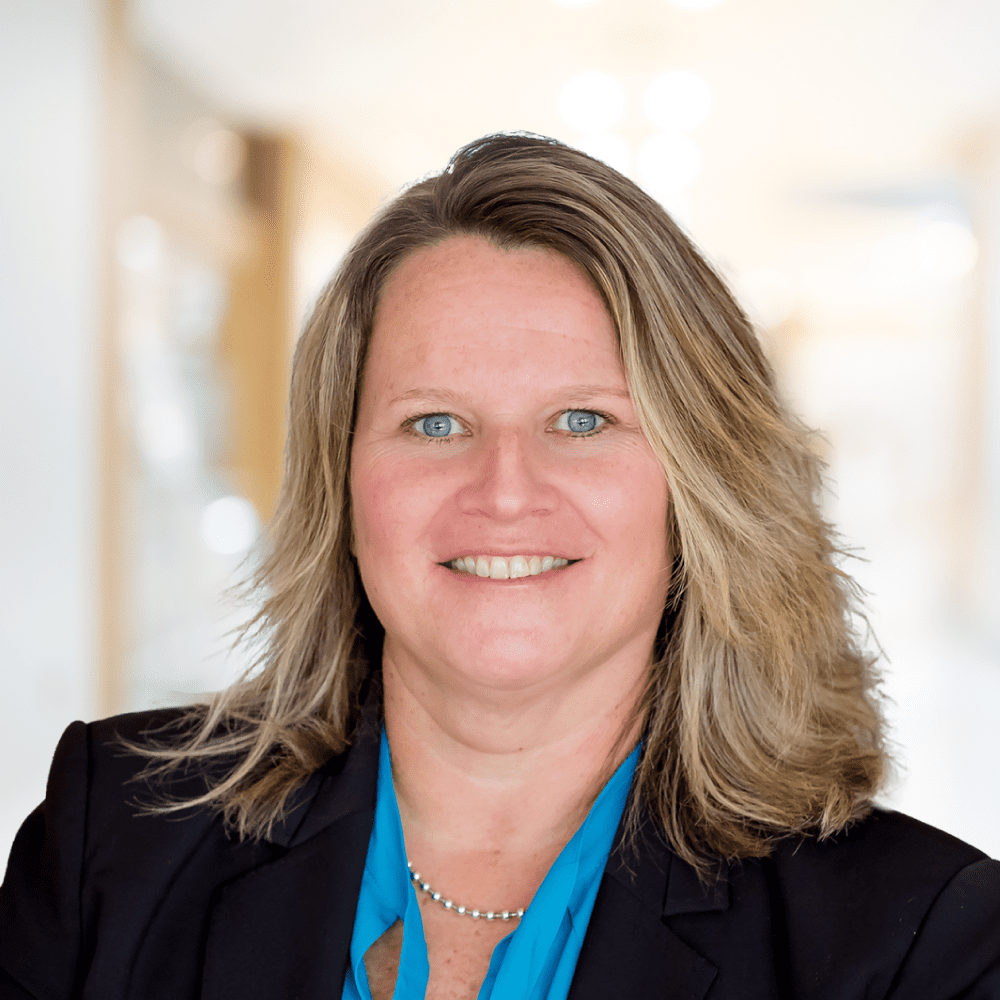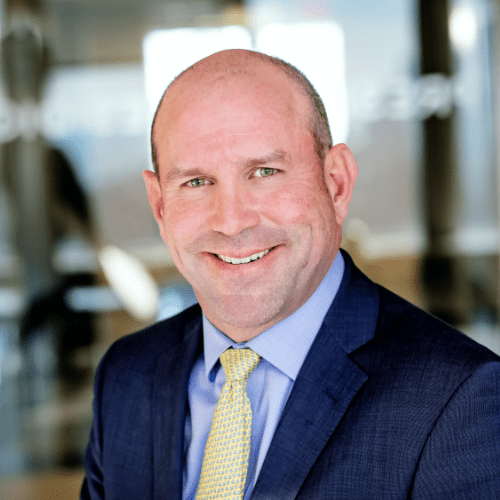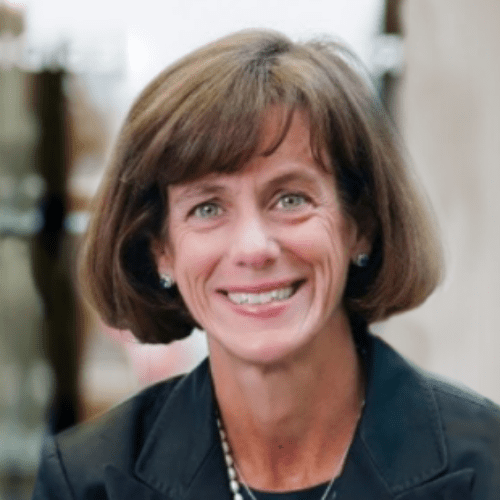ACCELERATE DIGITAL TRANSFORMATION WITH PRESIDIO & AMAZON WEB SERVICES (AWS)
As a Premier consulting partner within the Amazon Partner Network (APN), Presidio is continually adding to our 600+ AWS certifications across the DevOps, Solution Architect, Security, Big Data and SysOps disciplines to build, deploy, and manage complex cloud architectures. We have a proven history of digital transformation engagements, infrastructure migrations, cloud application development and data migrations.
Presidio’s global team of engineers, architects, and developers have achieved Amazon’s highest level of certification, including the Professional Solutions Architect, Professional DevOps, Big Data Specialty, and Security Specialty certifications, which means that when you engage Presidio, you’ll be working with the team that’s been vetted as an experienced member of the Amazon Cloud experience.
We map our deep AWS expertise with your business requirements and Amazon’s best practices to help you take full advantage of the scalability, flexibility and cost-savings of the cloud. Whether a project is your first engagement into the cloud or a continuation of your digital transformation strategy, Presidio is the partner to collaborate with. We can supplement the cloud resources on your team or completely own and manage your AWS environment – either way with Presidio, you’re always innovating.
Joint Solutions
Presidio xGuard
Presidio xGuard enables security for your cloud infrastructure accounts from a Cloud Security Posture Management perspective.
Performing hassle-free automated scans and audits of your AWS account on a continuous basis, Presidio xGuard ensures that your infrastructure is continually safe and risk-free.
Presidio & Amazon Chime SDK
Presidio utilizes the power of Amazon Chime Software Development Kit (SDK) and our RightStart application design and development capabilities to quickly add audio calling, video calling, and screen sharing capabilities to customize web or mobile applications.
In the fast-paced environment to improve Digital Customer Experience, the Presidio team will provide an Omni-channel experience. By leveraging the same communication infrastructure and services that power Amazon Chime, Presidio can deliver engaging experiences on custom applications.
Presidio & Amazon Connect
The Presidio Cloud Solutions & Amazon Connect offering focuses on building a single account AWS environment with a scalable Amazon Connect setup. Core focus items within this offering include:
Core focus items within this offering include:
- Introduction to Amazon Connect
- Pilot Identification and Pilot Connect Buildout
- Introduction to Amazon Connect components:
- Amazon Lex
- AWS Lambda
- S3 and S3 governance
- Amazon Kinesis
- Amazon Polly
PRESIDIO & AWS END USER COMPUTING SOLUTIONS
In order to maximize productivity, security, reliability, and cost-effectiveness, companies must provide their workforce with the flexibility to work from any location. This requires solutions that ensure secure access to applications and desktops, and the ability to scale resources as needed.
Presidio, a leading provider of remote applications and desktops, offers solutions to help customers optimize their VDI infrastructure and streamline application delivery. By leveraging AWS, Presidio is able to assist customers in enabling remote workforces, enhancing IT agility, and achieving greater security and cost savings. Learn more about how Presidio and AWS can help your company meet its remote work needs.
JOINT BENEFITS
AWS cloud professional services from Presidio include:
App Dev & Modernization
Serverless expertise via Lambda, CloudFront, and API Gateway.
Cloud Migration
Move your workload to the AWS cloud via the CAF principals.
DEVOPS
AWS native deployments with Code Deploy, Code Commit & Code Pipeline.
Data & Analytics
Services which enables your cloud applications to store, access and process endless amounts of data.
VIDEOS
UPCOMING EVENTS
Events
Resources
RightStart on AWS Overall Equipment Effectiveness (OEE)
Presidio integrates these AWS services and surfaces operational data in Overall Equipment Effectiveness (OEE) Dashboards.
RIGHTSTART ON AWS DEVOPS
Presidio subscribes to DevOps in our own AppDev practice, bringing practical knowledge to your DevOps transformation.
RIGHTSTART ON AWS CLOUD MIGRATION
Presidio leverages proven automation tools, accelerators, frameworks, and cloud transition specialists to accelerate ROI in your cloud transition.
RIGHTSTART ON AWS DATA & ANALYTICS
Presidio’s Data & Analytics practice gives companies the insight and predictive capabilities they need to elevate a good idea into a market-leading phenomenon.
RIGHTSTART ON AWS APP DEVELOPMENT
Presidio understands the needs of a business to develop, test and deploy critical applications.
Master the Data Platform Modernization Imperative
We have a proven history of digital transformation engagements, infrastructure migrations, cloud application development and data
migrations.
Migrate to AWS and modernize your IT ecosystem
Presidio is a leading global digital systems integrator developing innovative technology solutions to help clients digitally transform their business
RightStart on AWS App Development
Presidio understands the needs of a business to develop, test and deploy critical applications.


